




Did you find this useful? Give us your feedback


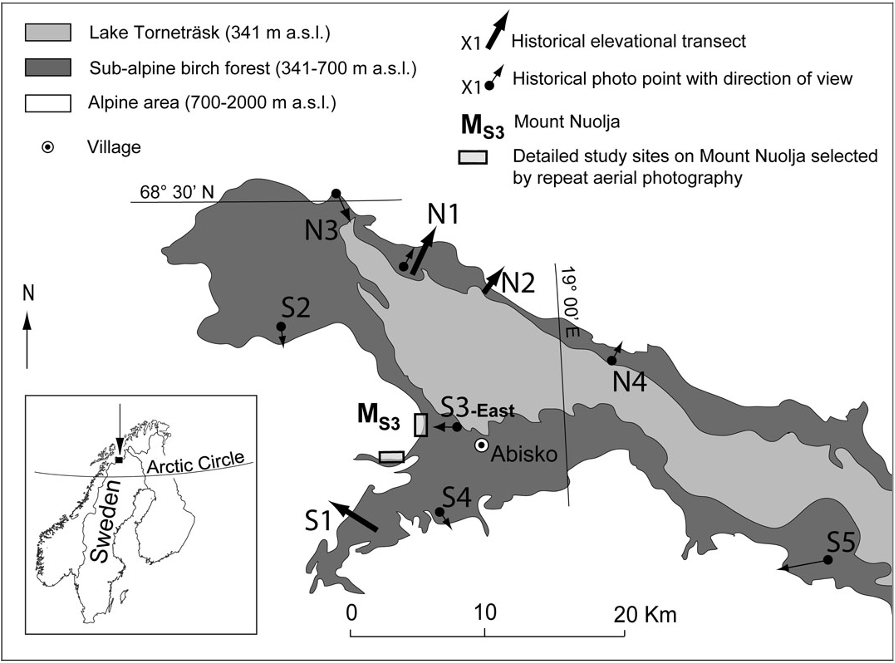
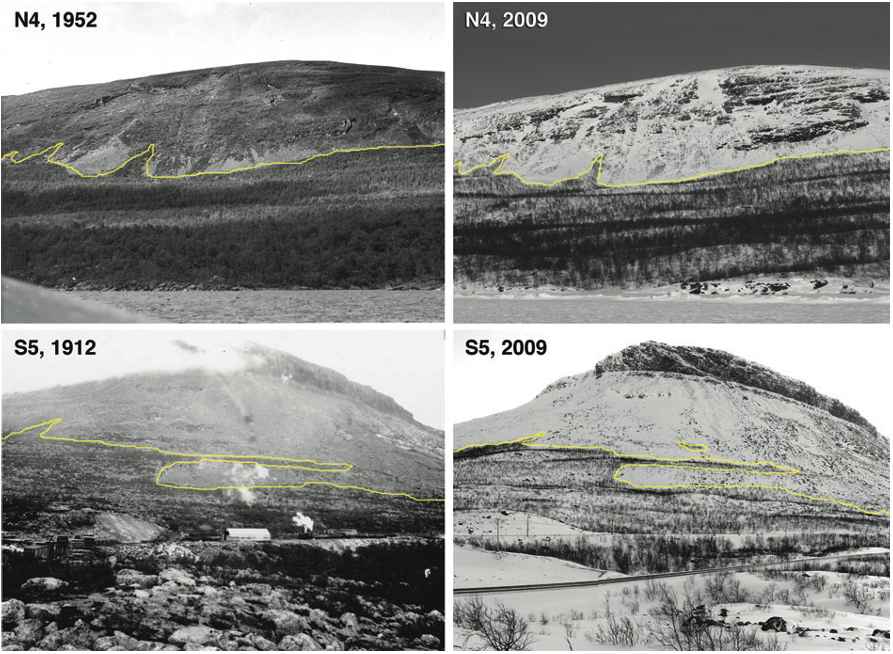
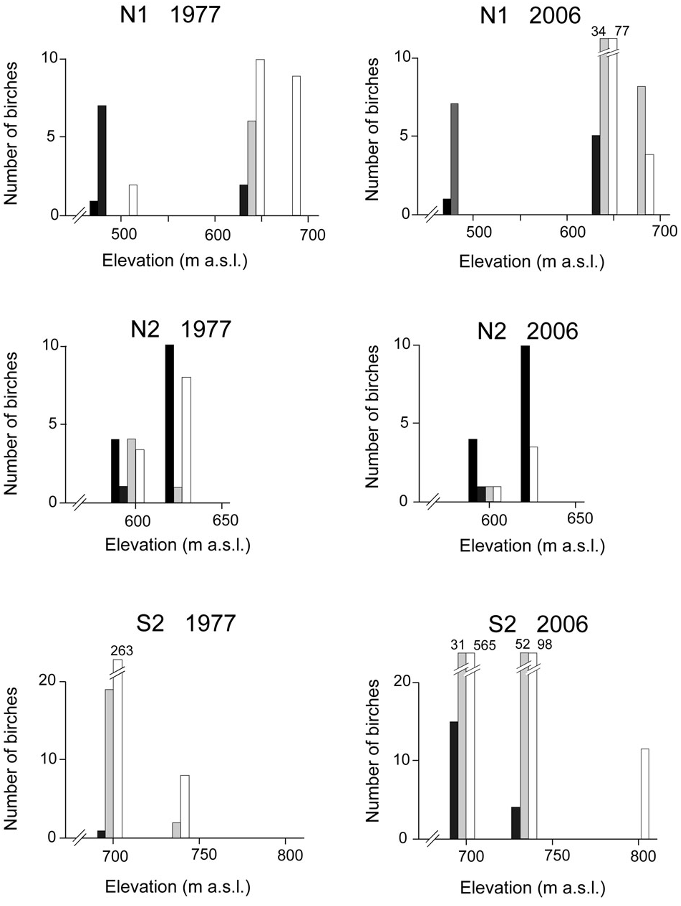
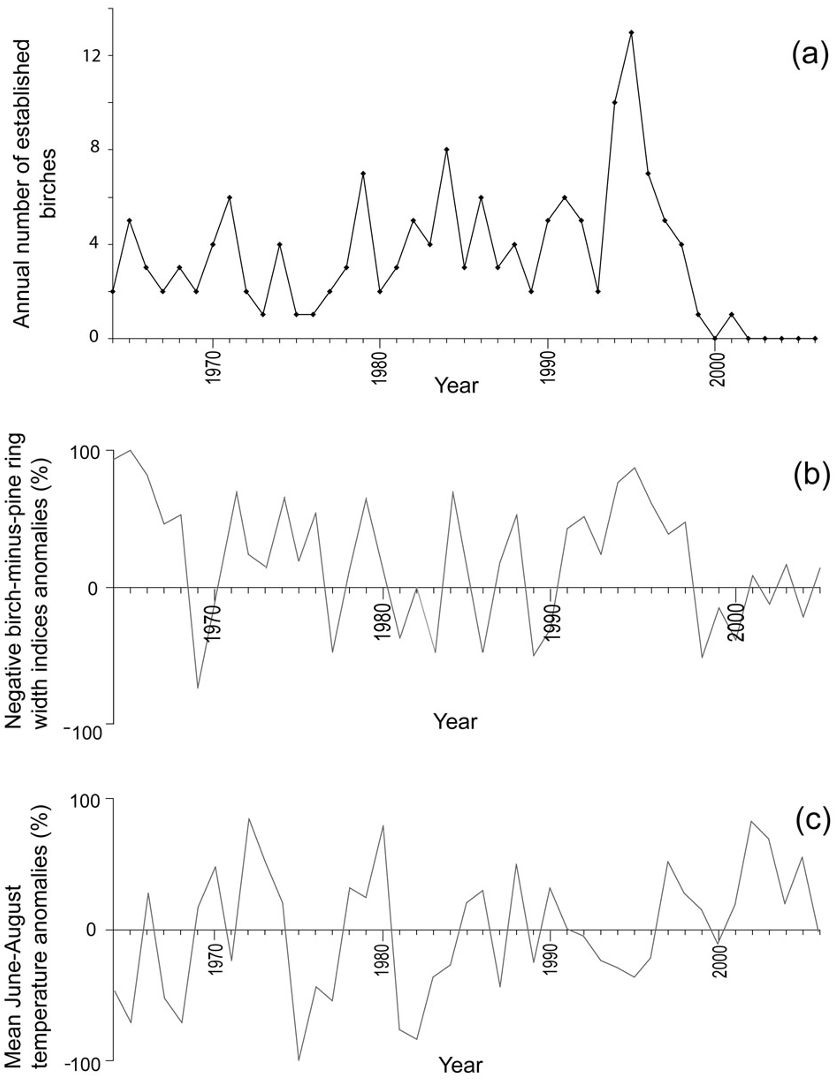
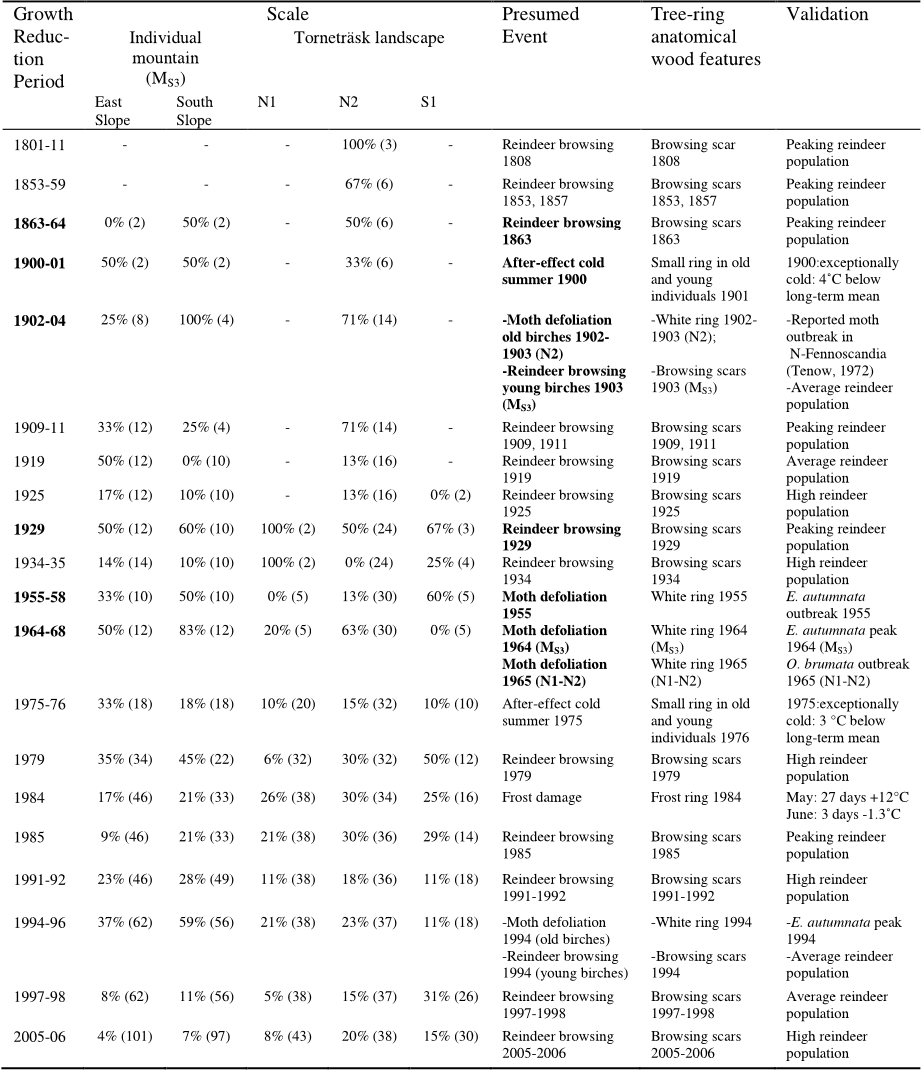
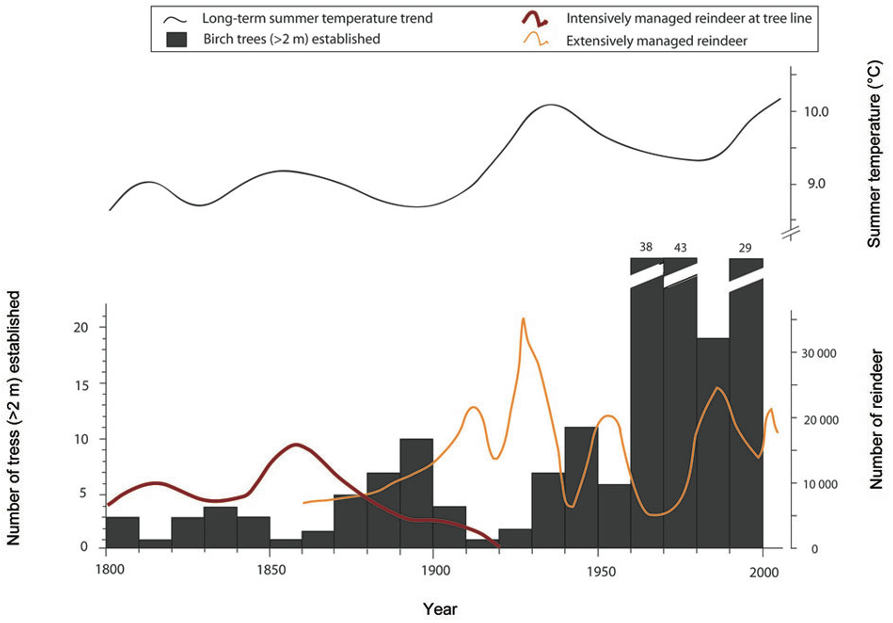
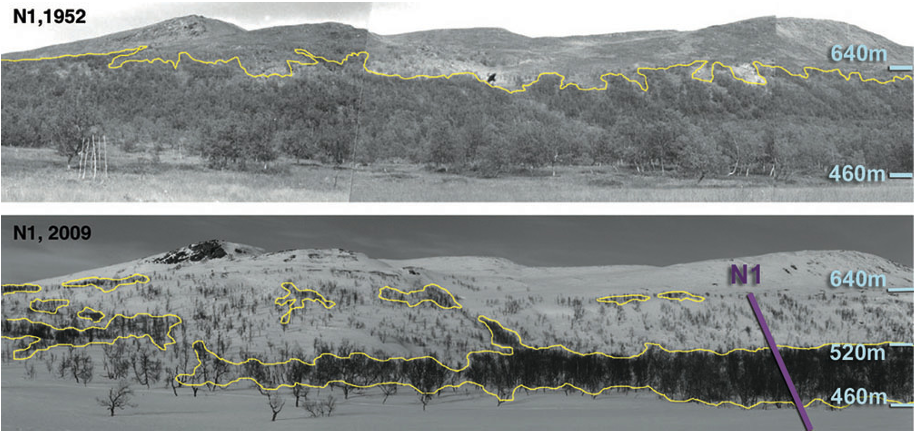





1 citations
...…2003; Parmesan, 2006; Chen et al., 2011), but only elevation responses are thus far readily apparent in data (Beckage et al., 2008; Holzinger et al., 2008; Kelly & Goulden, 2008; le Roux & McGeoch, 2008; Lenoir et al., 2008; Bergamini et al., 2009; Crimmins et al., 2011; Van Bogaert et al., 2011)....
[...]
1 citations
1 citations
...Conversely, herbivory by reindeer can stabilise the treeline through direct shoot mortality (Van Bogaert et al., 2011), as can herbivory by other species such caterpillars of lepidopteran moths (Van Bogaert et al., 2011; Bjerke et al., 2014)....
[...]
1,775 citations
1,311 citations
1,003 citations
...In contrast to Harsch et al. (2009) who concluded that the role of disturbance during recent climate warming is restricted to determining when tree line advance will occur, this study shows that disturbance and its after-effects may equally well determine ı́f tree line advance will occur at all....
[...]
...As the location of elevational and polar tree lines is mainly caused by heat deficiency, in the Northern Hemisphere climate warming is expected to cause tree lines to advance to higher elevations and more northerly latitudes (Harsch et al., 2009)....
[...]
...…widely held expectations of vegetation responses to warming, i.e. that Arctic tree lines will move northwards and elevational tree lines upslope (Harsch et al., 2009), this study documented highly varying tree line dynamics for the Torneträsk area in sub-Arctic Sweden during a period of…...
[...]
...A global study by Harsch et al. (2009) showed that only 52% of all 166 global tree line sites had advanced over the past 100 years despite documented amplified climate warming at high-elevation areas and northern latitudes (ACIA, 2005)....
[...]
518 citations
334 citations
...In contrast to other studies (Danby & Hik, 2007; Kullman & Öberg, 2009), slope aspect and inclination were not correlated with elevational shifts of the tree line ecotone....
[...]